Introduction:
For centuries, humanity has been fascinated by the concept of parallel universes and the multiverse. This idea has transcended cultural and scientific boundaries, inspiring countless thinkers to explore its rich tapestry of insights. In this article, we take a deep dive into this fascinating subject, embarking on a journey through time and across disciplines. We will explore the intricate connections between Vedic philosophy and modern science, uncovering the similarities and differences between these two approaches to understanding the universe. We will draw on a wide range of sources, from ancient texts to cutting-edge theoretical frameworks, to help us gain a more comprehensive understanding of the interconnectedness of existence and the cosmos. For anyone curious about the world, this article provides thought-provoking ideas, whether you study philosophy, or science, or not.
Ancient Wisdom: Vedic Insights into Parallel Universes
In the vast expanse of Vedic literature, numerous stories and allegories paint a vivid picture of a universe teeming with diverse realms and dimensions. These historical narratives, also laden with symbolism and metaphor, offer profound insights into the nature of existence and consciousness. Let’s delve deeper into some of these ancient texts to explore their perspectives on parallel universes and the multiverse.
- The līlopākhyāna of Yogavashishtha:
The līlopākhyāna, found within the Yogavashishtha, serves as a captivating exploration of parallel worlds and alternate realities within Vedic literature. Attributed to the sage Vasishtha, this philosophical text delves deep into the nature of consciousness, existence, and the cosmic order. Through the protagonist Līlā’s spiritual journey guided by her guru, Vasishtha, readers are invited to embark on a metaphysical odyssey that transcends the confines of ordinary perception.
As Līlā cultivates her subtle senses and engages in profound meditation practices under Vasishtha’s tutelage, she undergoes a transformative awakening. Her consciousness expands beyond the limitations of the physical realm, allowing her to perceive realities that exist beyond the veil of ordinary perception. Through her heightened awareness, Līlā gains the remarkable ability to peer into parallel worlds and witness the interconnectedness of multiple realms within the cosmic fabric.
In one mesmerizing instance, Līlā’s consciousness transcends the boundaries of mundane existence, granting her access to a vast multiverse teeming with diverse possibilities. She sees countless universes unfurling like intricate tapestries, each governed by its own unique set of laws and inhabited by a myriad of beings. Within this cosmic symphony, every thread of existence is interwoven with infinite potentials, creating a kaleidoscope of realities that dance in harmony with the rhythm of creation.
Through Līlā’s transcendent experiences, the Līlopākhyāna offers profound insights into the nature of reality and the interconnectedness of all things. It challenges conventional notions of existence, inviting readers to contemplate the boundless expanse of consciousness and the limitless potential inherent within the fabric of the universe. In the Līlopākhyāna, the veil of illusion is lifted, revealing the eternal dance of creation unfolding across the vast expanse of the multiverse.
- Encounters with Brahma in the Shrimad Bhagwat Purāṇa:
Within the Shrimad Bhagwat Purāṇa, a cornerstone of Hindu scripture lies a tapestry of narratives that intricately weave together the fabric of existence, revealing the cosmic order and the interconnectedness of all creation. Among these tales, one particularly resonant narrative unfolds through encounters with Brahma, the revered creator deity, whose divine presence spans multiple universes within the grand cosmic panorama.
In these vivid depictions found within the Shrimad Bhagwat Purāṇa, Brahma manifests in various forms, each embodying a distinct aspect of cosmic creation. Notably, some portrayals depict Brahma adorned with multiple heads, a representation of his omnipresence and sovereignty across the vast expanse of the multiverse. These multiple heads signify his cosmic authority and capacity to oversee the diverse manifestations of existence that unfold across different dimensions.
One remarkable episode within the Shrimad Bhagwat Purāṇa recounts Brahma’s humbling encounter during his visit to Dwarika to seek the divine presence of Sri Krishna. In this poignant tale, Brahma’s ego is confronted and ultimately subdued when he comes face to face with other manifestations of himself across diverse universes. As Brahma beholds the myriad forms of his being, each residing in distinct realms and universes with their unique characteristics and inhabitants, his sense of individuality and superiority is dissolved in the vastness of cosmic consciousness.
This encounter serves as a powerful allegory for the interconnectedness of all existence and the transcendent nature of cosmic consciousness. It underscores the timeless wisdom embedded within Hindu philosophy, which acknowledges the unity of all creation and the divine orchestration that pervades every aspect of the multiverse. Through Brahma’s humbling journey, the Shrimad Bhagwat Purāṇa invites readers to contemplate the profound mysteries of existence and to recognize the inherent harmony that binds together the diverse manifestations of reality.
- The Cosmic Dance of Shiva:
The Tāṇḍava, the cosmic dance of Lord Shiva, is a captivating motif deeply entrenched within Vedic literature. It symbolizes the eternal rhythm of creation, preservation, and destruction that reverberates throughout the cosmos, transcending the confines of time and space. As Shiva performs the Tāṇḍava, the entire universe becomes a stage for this divine spectacle, blurring the boundaries between realms and dimensions.
Within the Tāṇḍava, Shiva’s movements embody the dynamic interplay of cosmic forces, orchestrating the intricate dance of existence across multiple planes of reality. Each step, each gesture, and each rhythm symbolize the cosmic processes of birth, sustenance, and dissolution, weaving together the fabric of creation in a harmonious symphony of cosmic energy.
Through the allegory of the Tāṇḍava, Vedic literature offers profound insights into the nature of parallel universes and the multiverse. It invites us to contemplate the interconnectedness of all things, transcending the limitations of ordinary perception to glimpse the vastness of existence. In the dance of Shiva, the boundaries between worlds blur, and the veil of illusion is lifted, revealing the underlying unity that permeates the diverse manifestations of reality.
Vedic texts abound with stories and metaphors that illuminate the mysteries of parallel worlds and alternate realities. From the encounters with Brahma in the Shrimad Bhagwat Purāṇa to the cosmic visions of Līlā in the Yogavashishtha, these narratives offer glimpses into the boundless expanse of cosmic consciousness. They inspire awe and wonder, inviting us to contemplate the infinite possibilities that lie beyond the veil of ordinary perception.
In the tapestry of Vedic wisdom, the exploration of parallel universes is not merely a philosophical inquiry but a spiritual journey of profound significance. It challenges us to expand our consciousness, to transcend the limitations of our perception, and to embrace the interconnectedness of all things. Through the lens of Vedic philosophy, we are invited to embark on a quest for truth and understanding, guided by the timeless wisdom of the ancients as we navigate the vast expanse of the multiverse.
Modern Science: Exploring Parallel Universes and the Multiverse
In the realm of modern physics, the quest to understand parallel universes and the multiverse has emerged as a central focus of theoretical exploration. Building upon the foundational principles of quantum mechanics, physicists have delved into concepts such as quantum entanglement, parallel dimensions, and the Many-Worlds Interpretation, which suggest the existence of alternate realities beyond our immediate perception.
From the perspective of Vedic wisdom, these theoretical frameworks resonate with the ancient understanding of the cosmos as a multifaceted tapestry of existence. Just as Vedic texts describe the interconnectedness of multiple realms and dimensions, modern physics posits the existence of a multiverse—an ensemble of universes, each governed by its own set of laws and properties.
Moreover, theories such as string theory and M-theory, which propose the existence of higher-dimensional spaces and brane worlds, mirror the Vedic concept of the universe as a multidimensional continuum. In the Vedic tradition, the cosmos is often depicted as a vast and intricate web of interconnected realities, where the boundaries between dimensions blur and intersect.
Thus, while modern physics may express these ideas in the language of mathematics and theoretical frameworks, the underlying concepts find resonance with the ancient wisdom of the Vedas. Both traditions invite us to contemplate the profound interconnectedness of existence and the vastness of cosmic consciousness, transcending the limitations of our ordinary perception to explore the boundless expanse of the multiverse.
Bridging Perspectives: Synthesizing Vedic Wisdom and Scientific Inquiry
The convergence of Vedic philosophy and modern science represents a harmonious meeting of two distinct yet complementary ways of understanding the universe. Vedic texts, deeply rooted in ancient wisdom and spiritual inquiry, offer allegorical insights into the nature of reality, consciousness, and the cosmos. Through rich narratives and symbolic imagery, these texts convey profound truths about the interconnectedness of all existence and the existence of parallel universes.
On the other hand, modern science, with its rigorous theoretical frameworks and experimental validation, provides a systematic approach to understanding the physical laws that govern the universe. Concepts such as quantum mechanics, string theory, and multiverse theory offer mathematical models and empirical evidence that support the existence of parallel dimensions and alternate realities.
By synthesizing insights from both traditions, we gain a more comprehensive and holistic understanding of the universe. Vedic philosophy enriches scientific inquiry by offering metaphysical perspectives and contemplative practices that expand our awareness beyond the confines of empirical observation. Similarly, modern science lends credibility and empirical grounding to the abstract concepts and allegorical narratives found in Vedic texts.
The exploration of consciousness, matter, and the cosmos thus becomes a collaborative endeavour that transcends disciplinary boundaries. It invites a dialogue between Eastern mysticism and Western science, fostering a deeper appreciation for the interconnected nature of existence. Through this interdisciplinary approach, we can unravel the mysteries of parallel universes and the multiverse, exploring the vast expanse of cosmic consciousness with humility, curiosity, and reverence.
Conclusion: Unraveling the Mysteries of Existence
As humanity continues its quest to unravel the mysteries of existence, it finds itself standing at a unique intersection where ancient wisdom meets modern scientific inquiry. The exploration of parallel universes and the multiverse stands as a testament to the insatiable curiosity and boundless imagination inherent in the human spirit.
Drawing from the depths of Vedic philosophy and the rigorous methodologies of contemporary science, we embark on a journey that transcends the limitations of individual disciplines. Through this integration of diverse perspectives and interdisciplinary approaches, we illuminate new pathways towards a unified understanding of the cosmos.
The sacred texts of the Vedas, with their rich tapestry of allegorical narratives and profound philosophical insights, offer us glimpses into the interconnectedness of all existence and the existence of parallel universes. These ancient teachings, passed down through generations, continue to inspire seekers on their quest for truth and enlightenment.
In parallel, the laboratories of modern physics serve as crucibles of discovery, where theoretical frameworks and experimental validation converge to reveal the intricate workings of the universe. Concepts such as quantum mechanics, string theory, and the multiverse theory provide us with mathematical models and empirical evidence that expand our understanding of reality beyond the confines of ordinary perception.
As we navigate this vast and complex terrain, the journey towards understanding parallel universes and the multiverse fills us with awe and wonder. It is a journey that transcends the boundaries of time and space, inviting us to contemplate the nature of existence itself.
In the end, whether we find ourselves immersed in the timeless wisdom of the Vedas or the cutting-edge research of modern science, one truth remains constant: the pursuit of knowledge is a never-ending odyssey that fuels the human spirit and expands the horizons of our collective understanding.
Download Full Pdf: Parallel Universes and the Multiverse
Views: 189
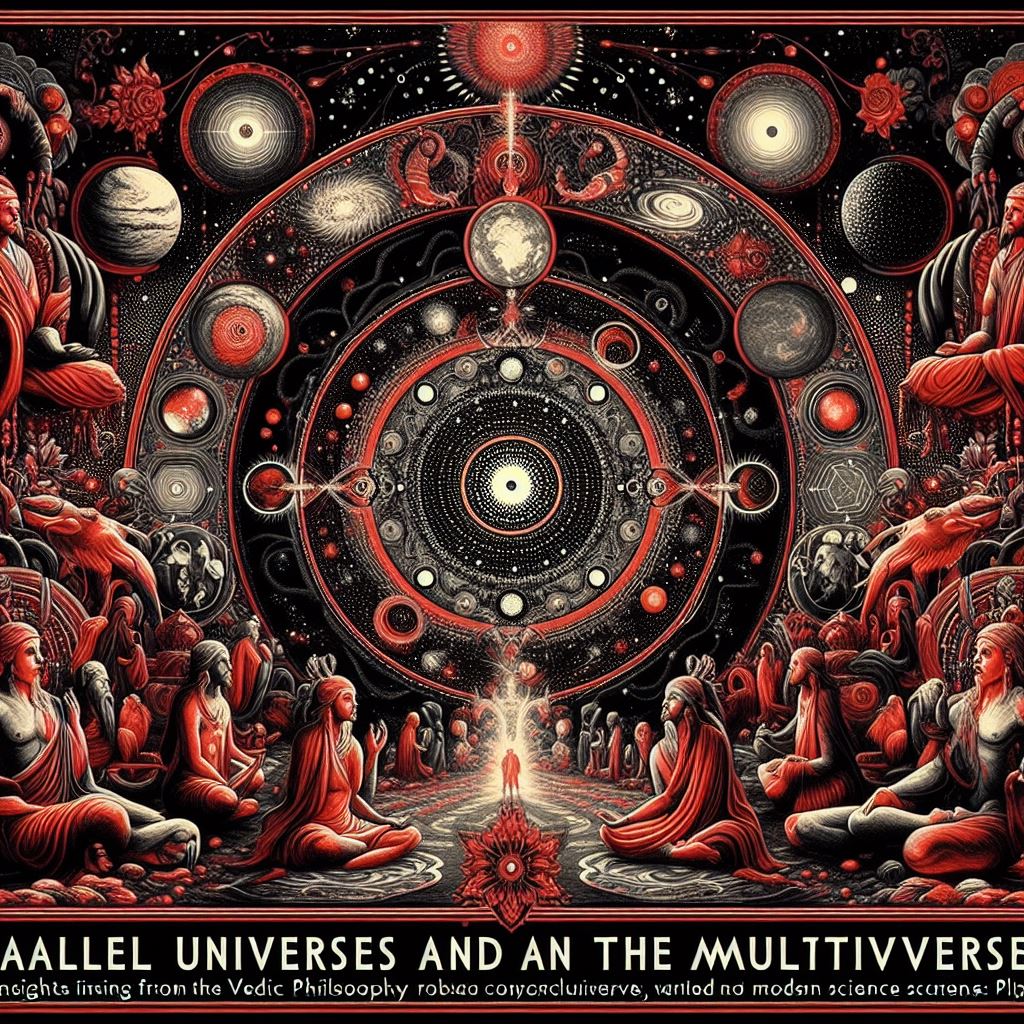
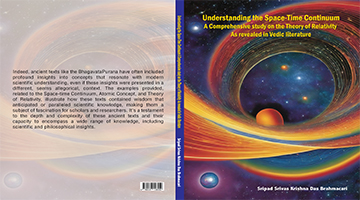
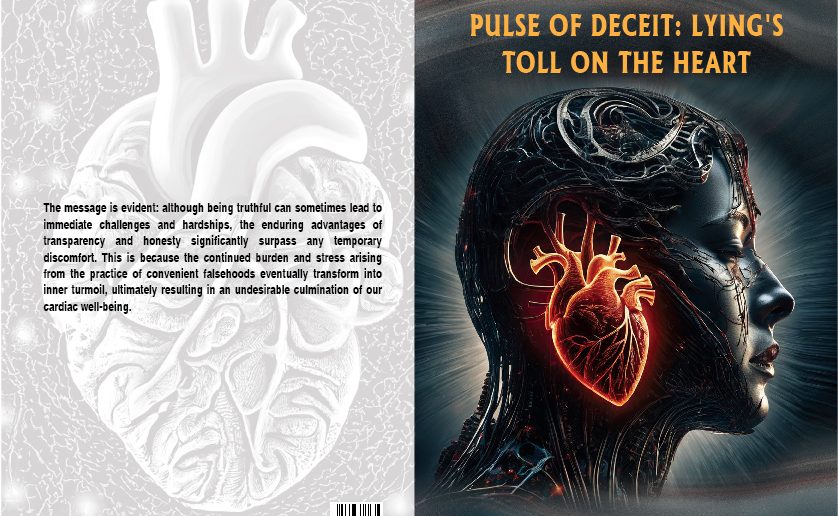
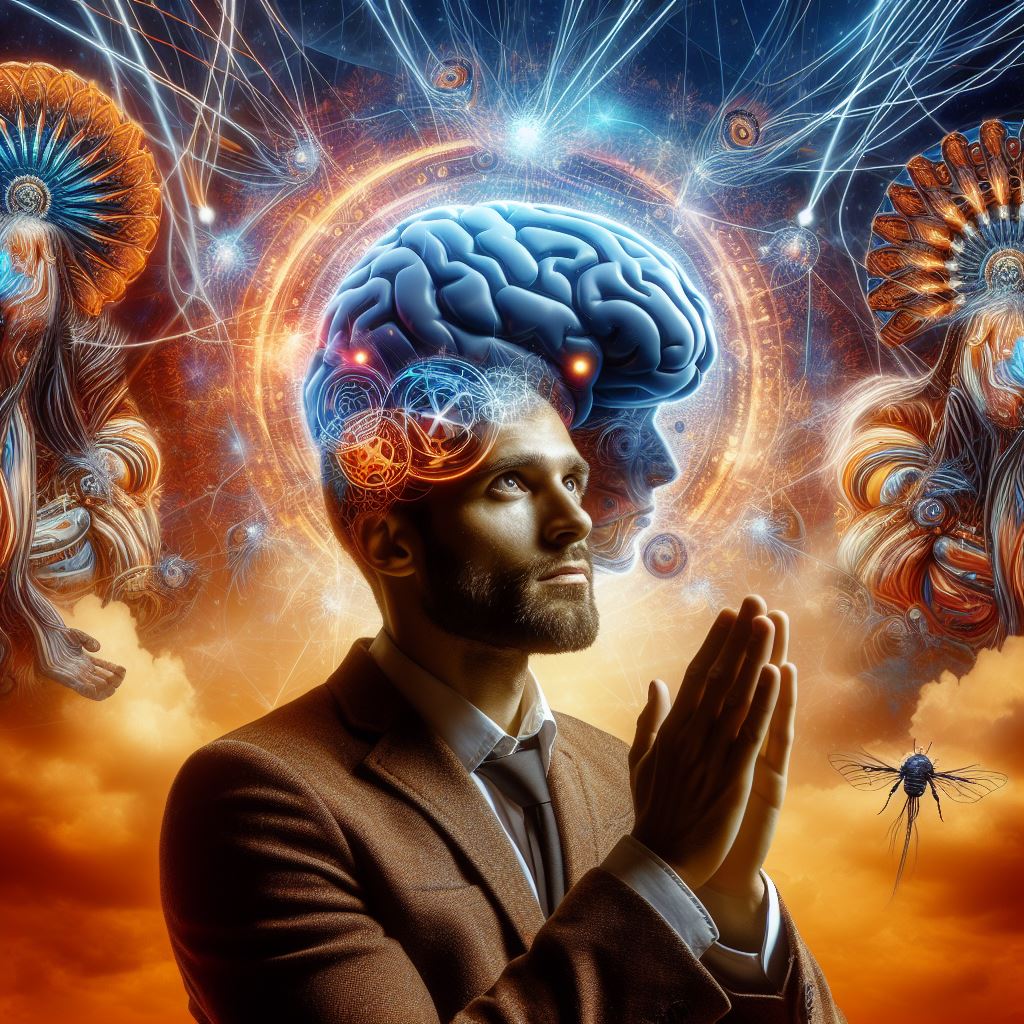
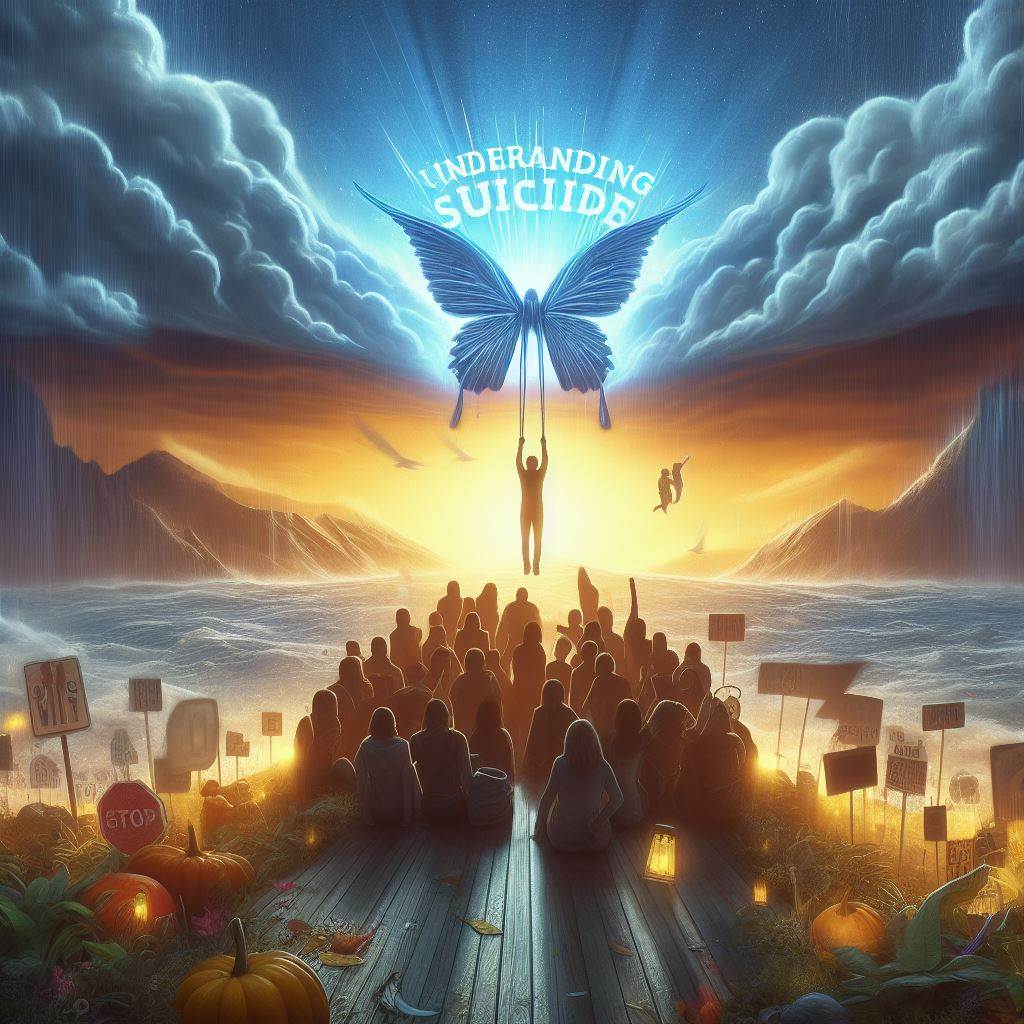
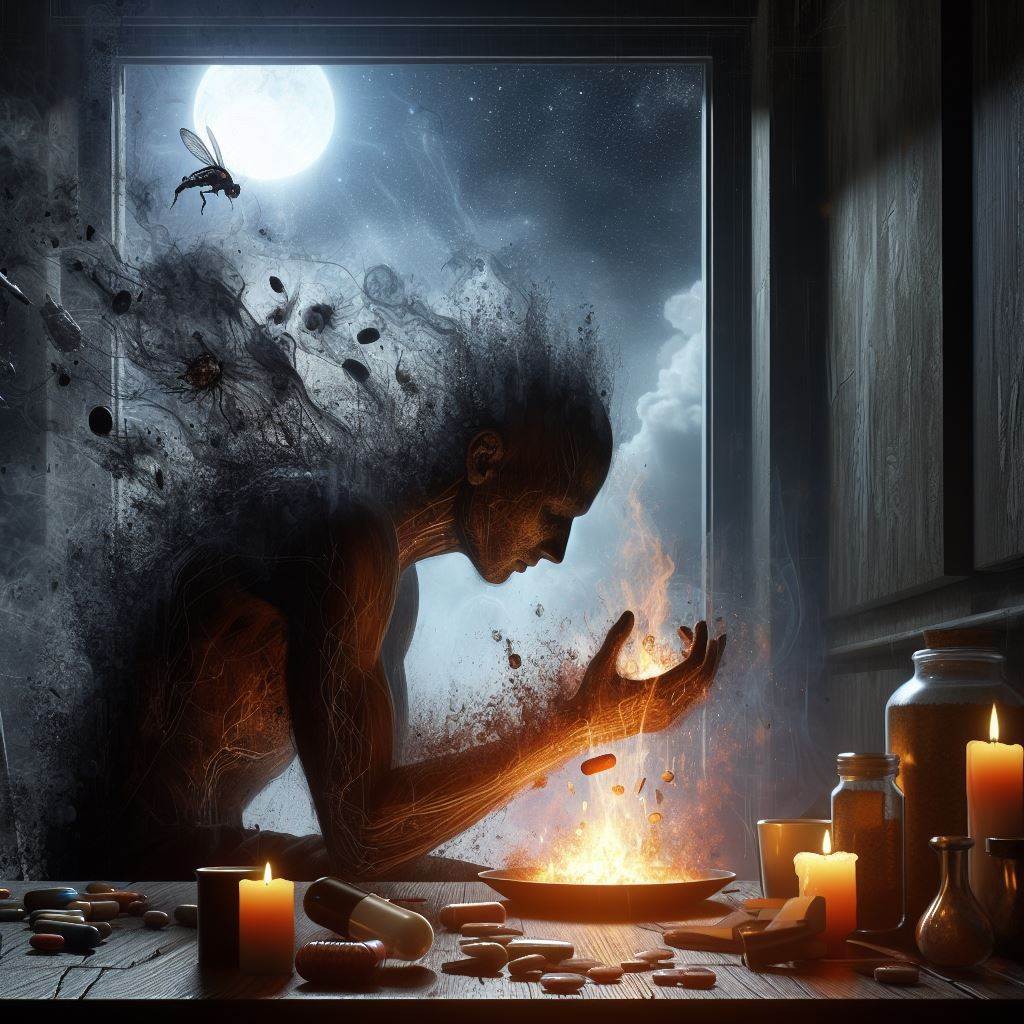
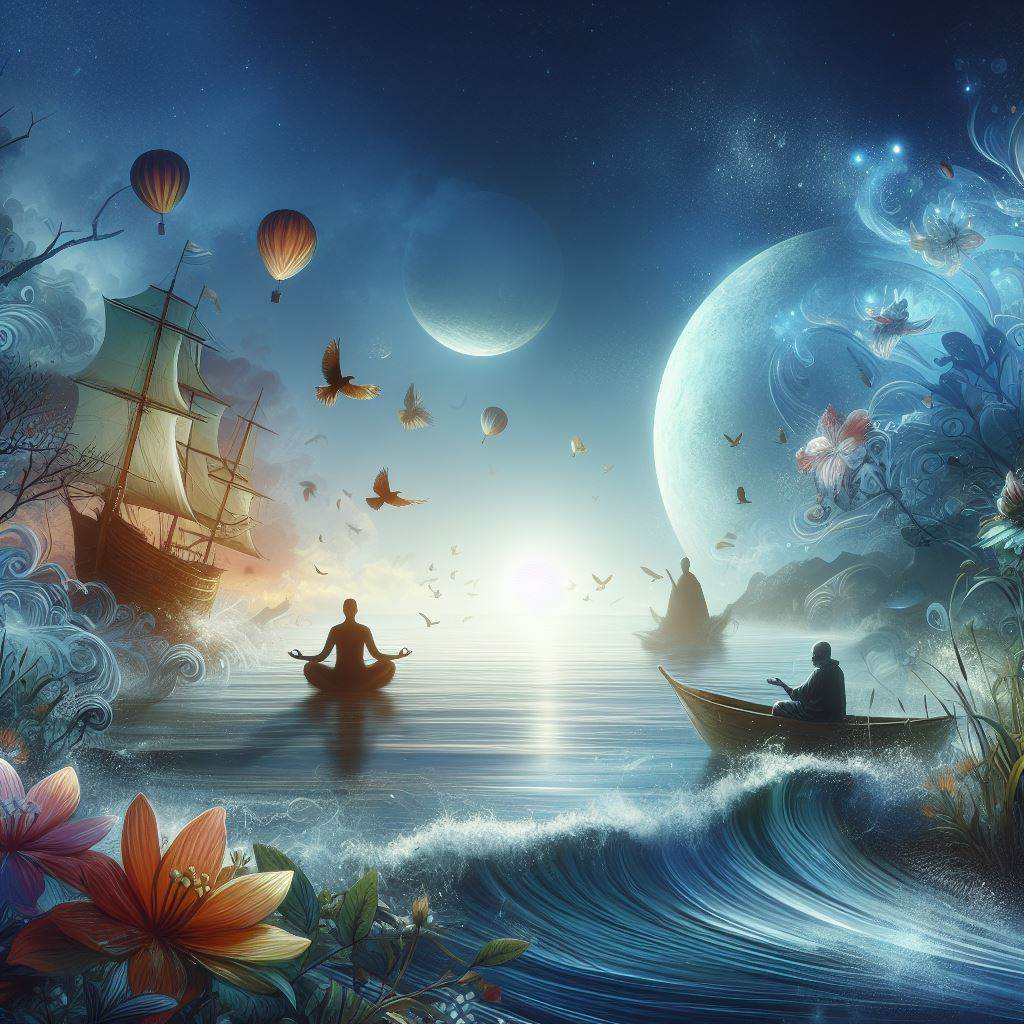







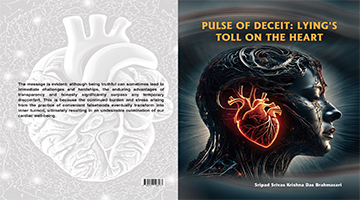
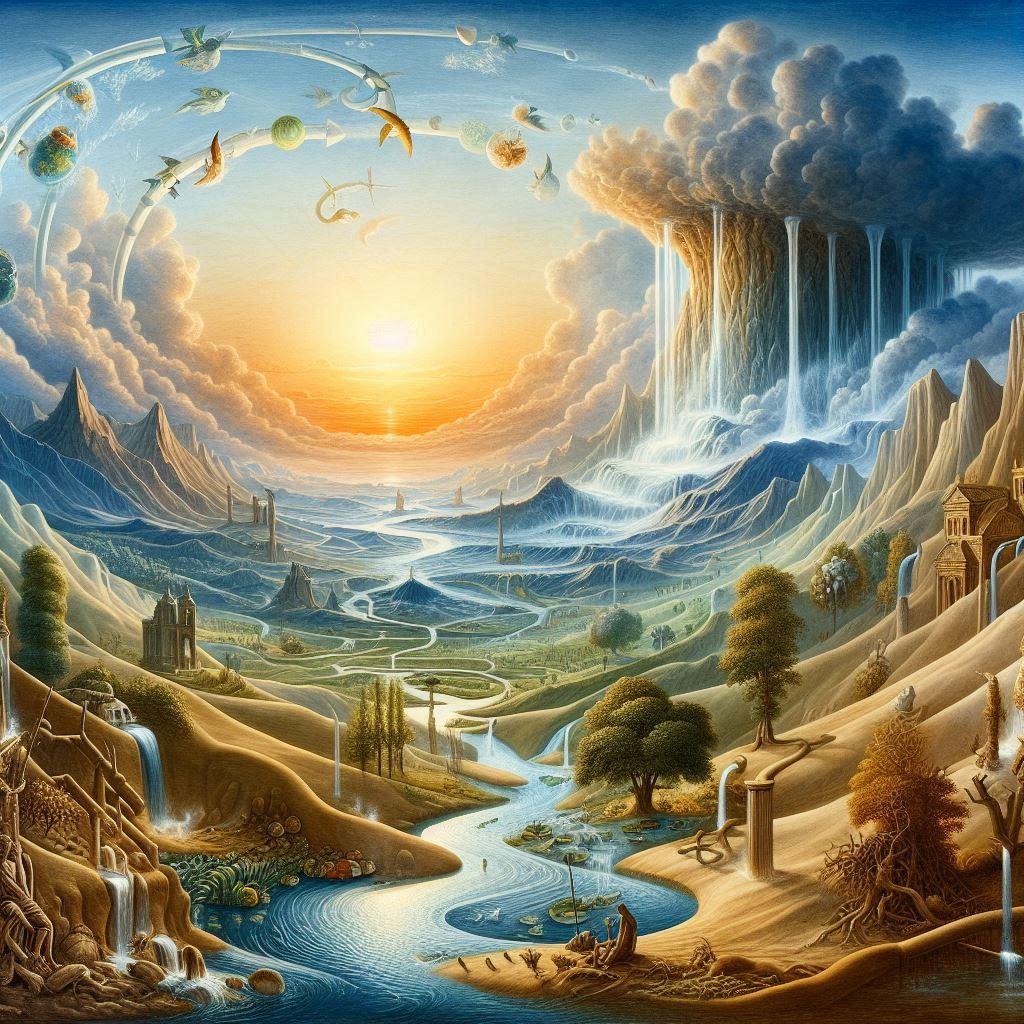
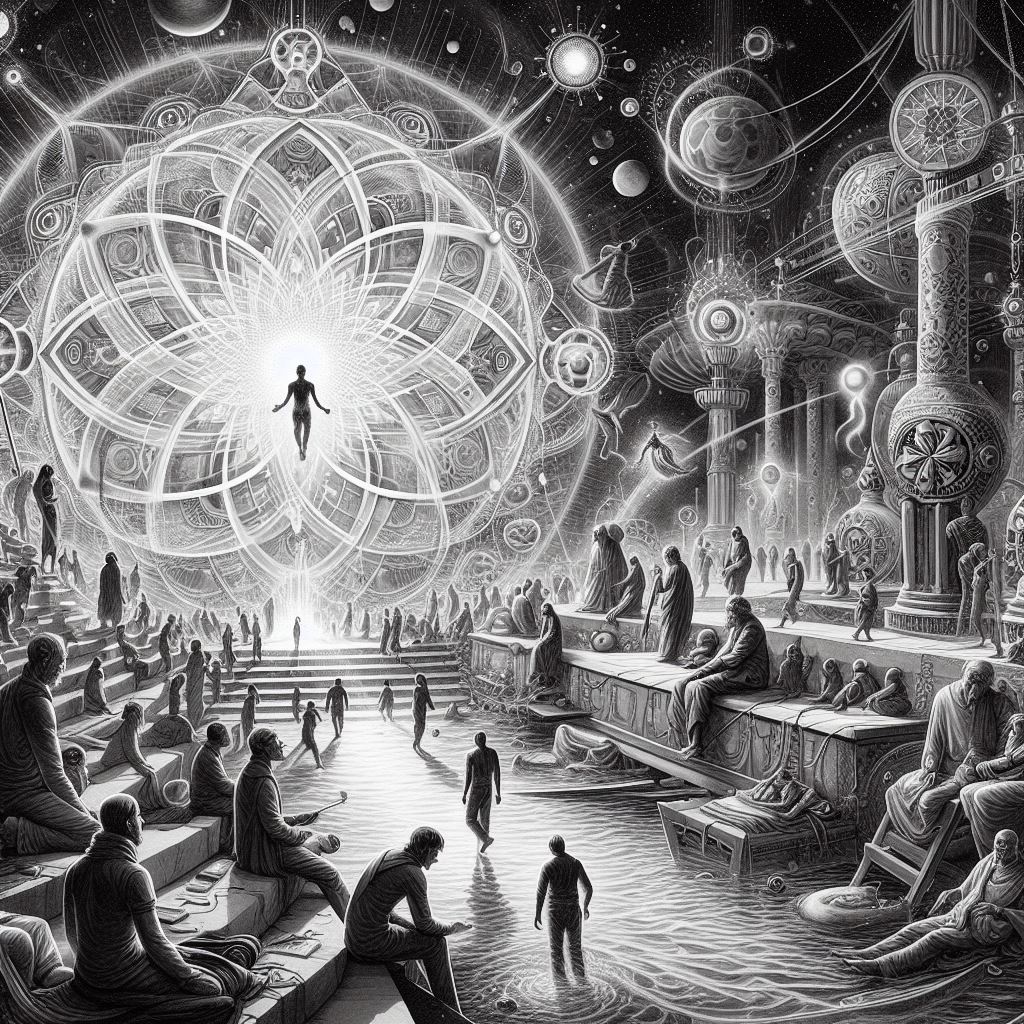
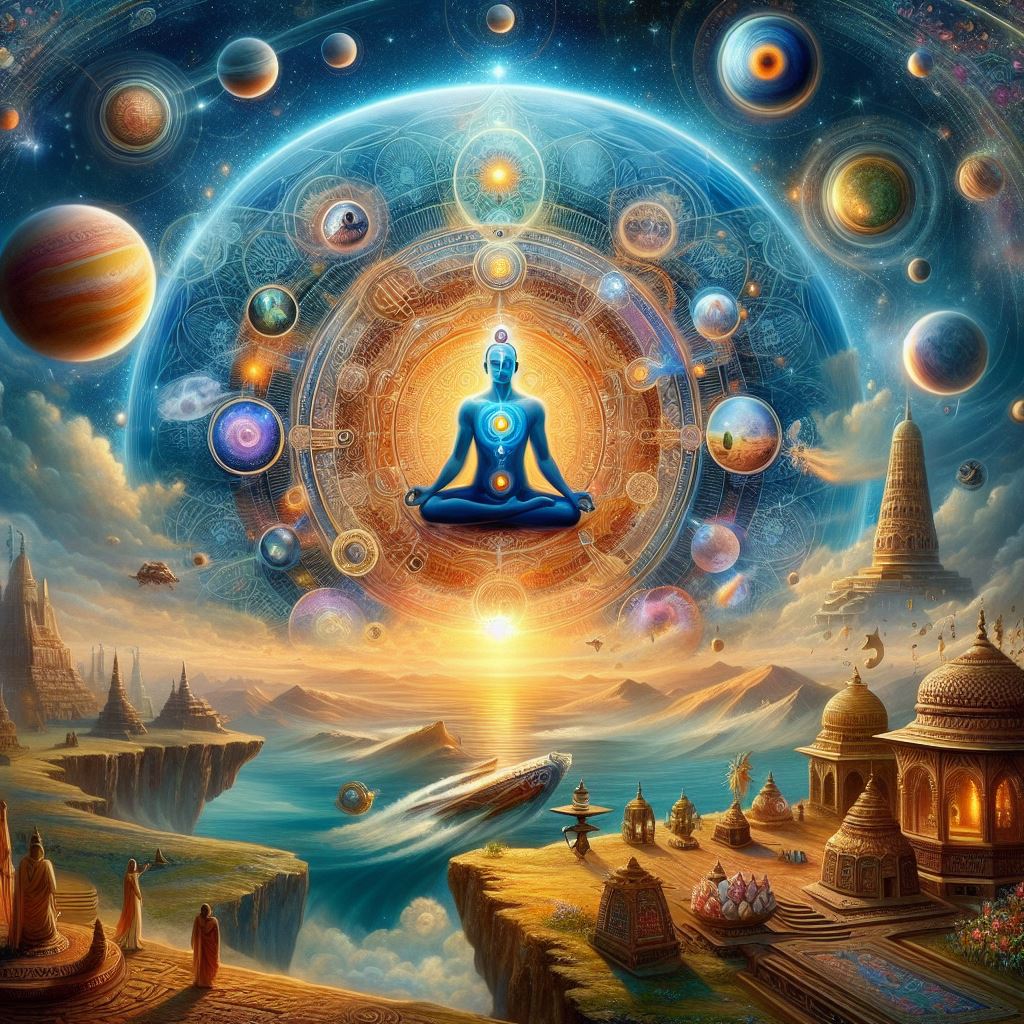
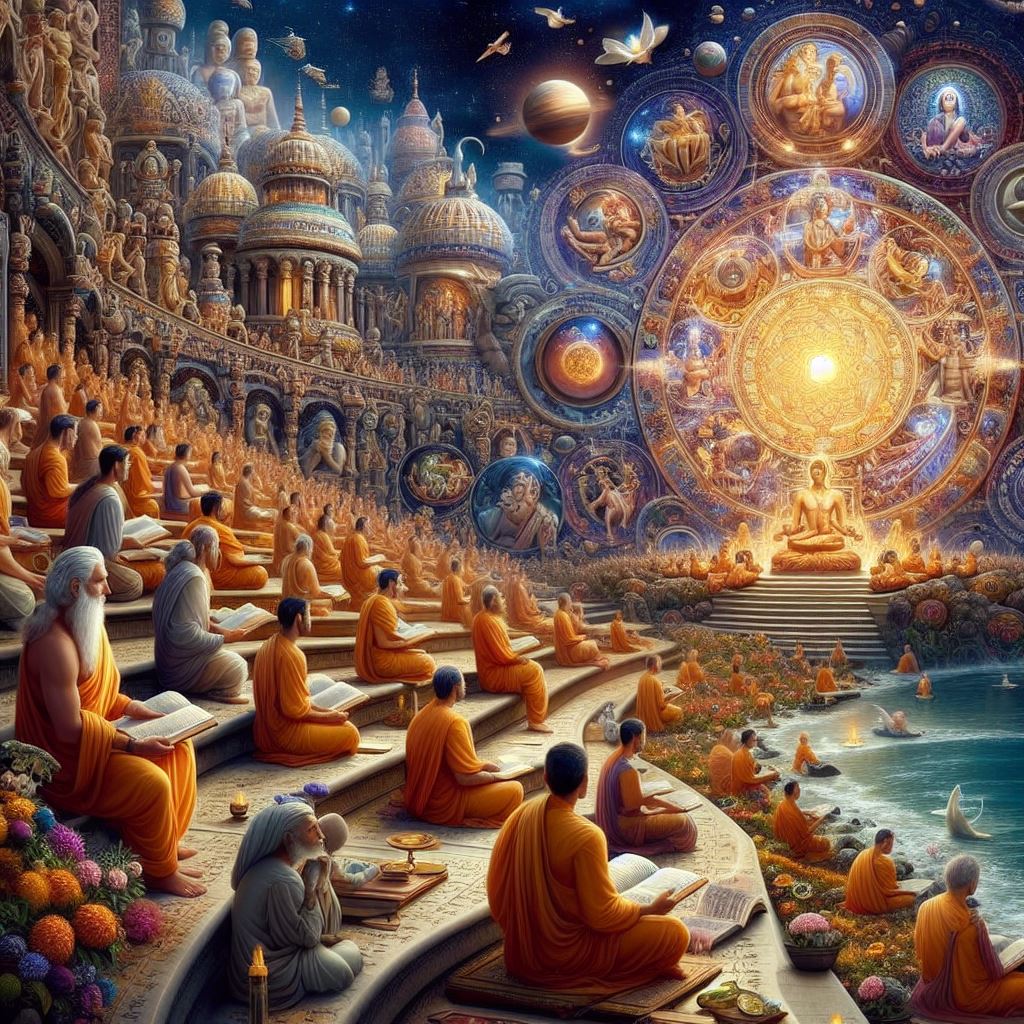


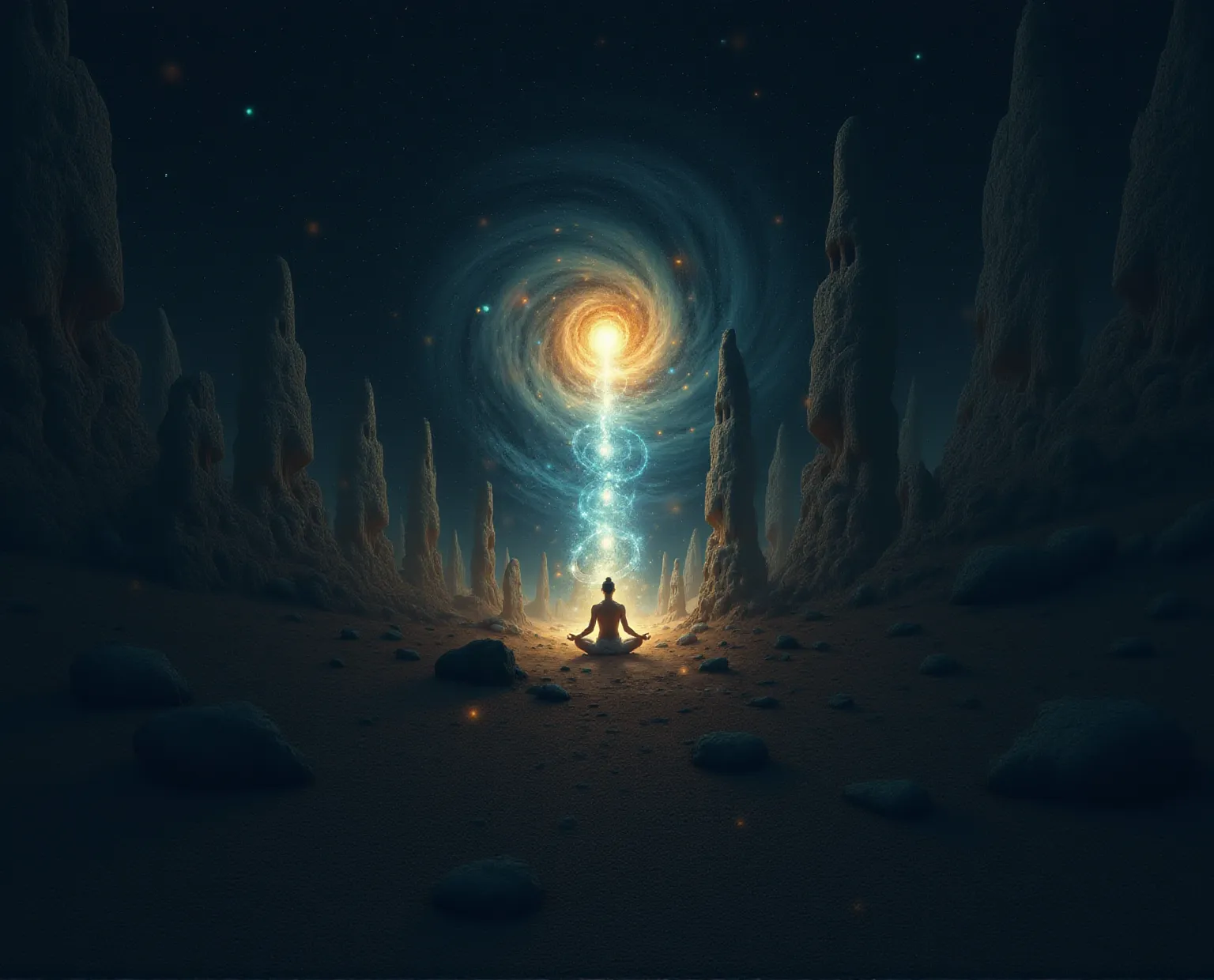
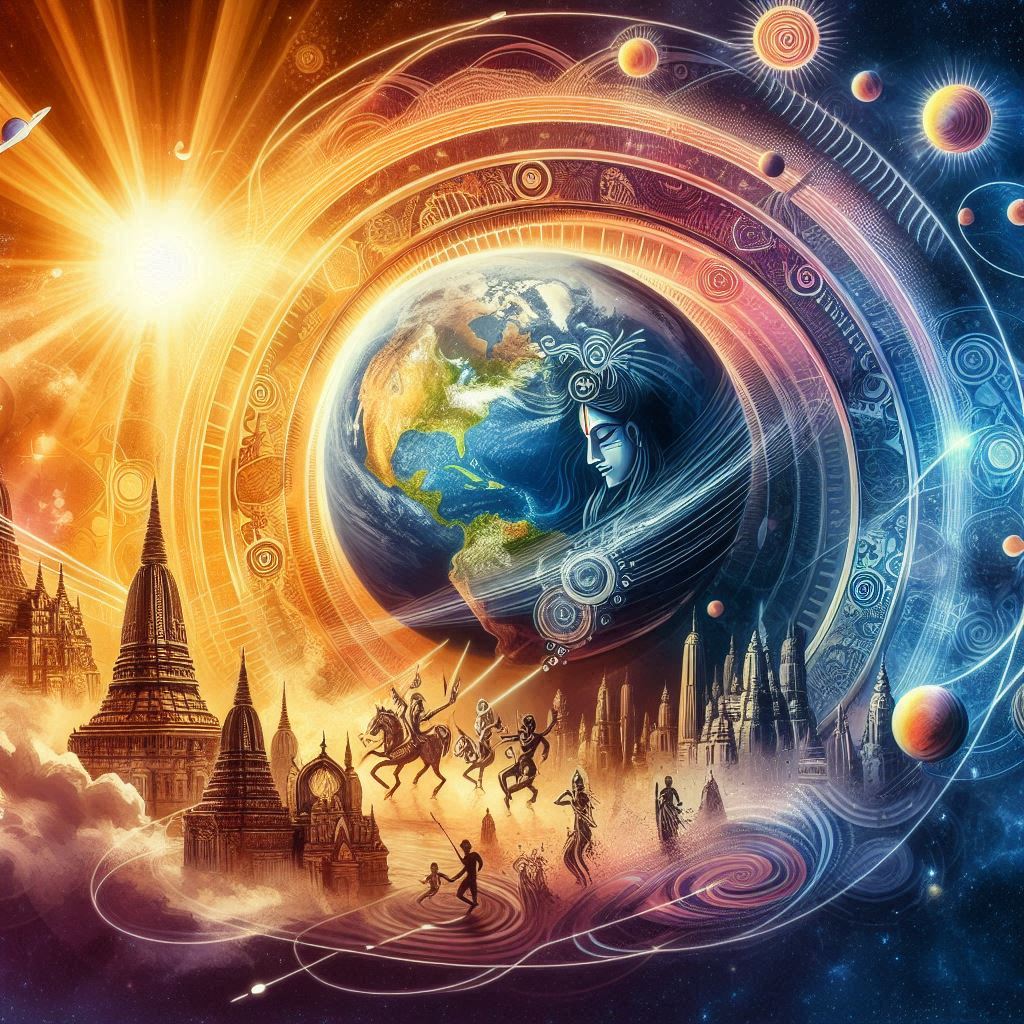
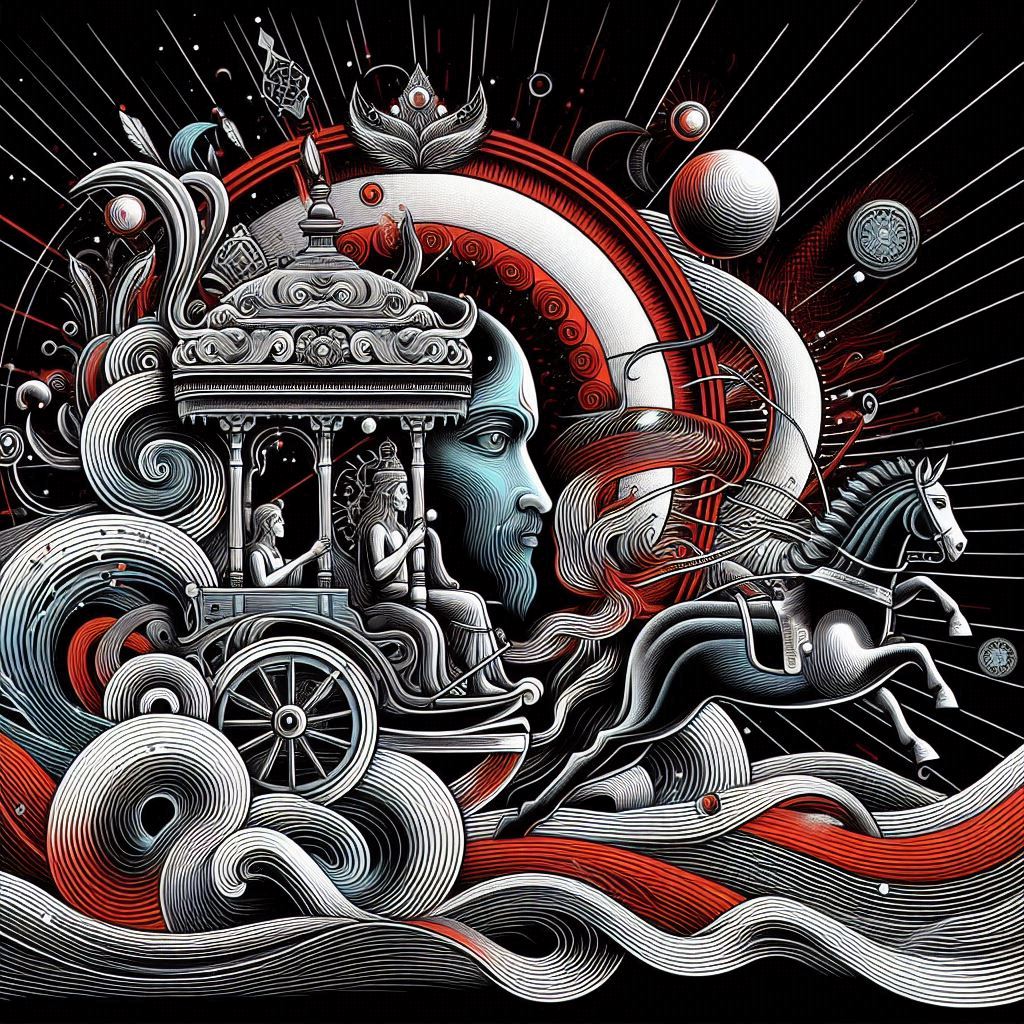
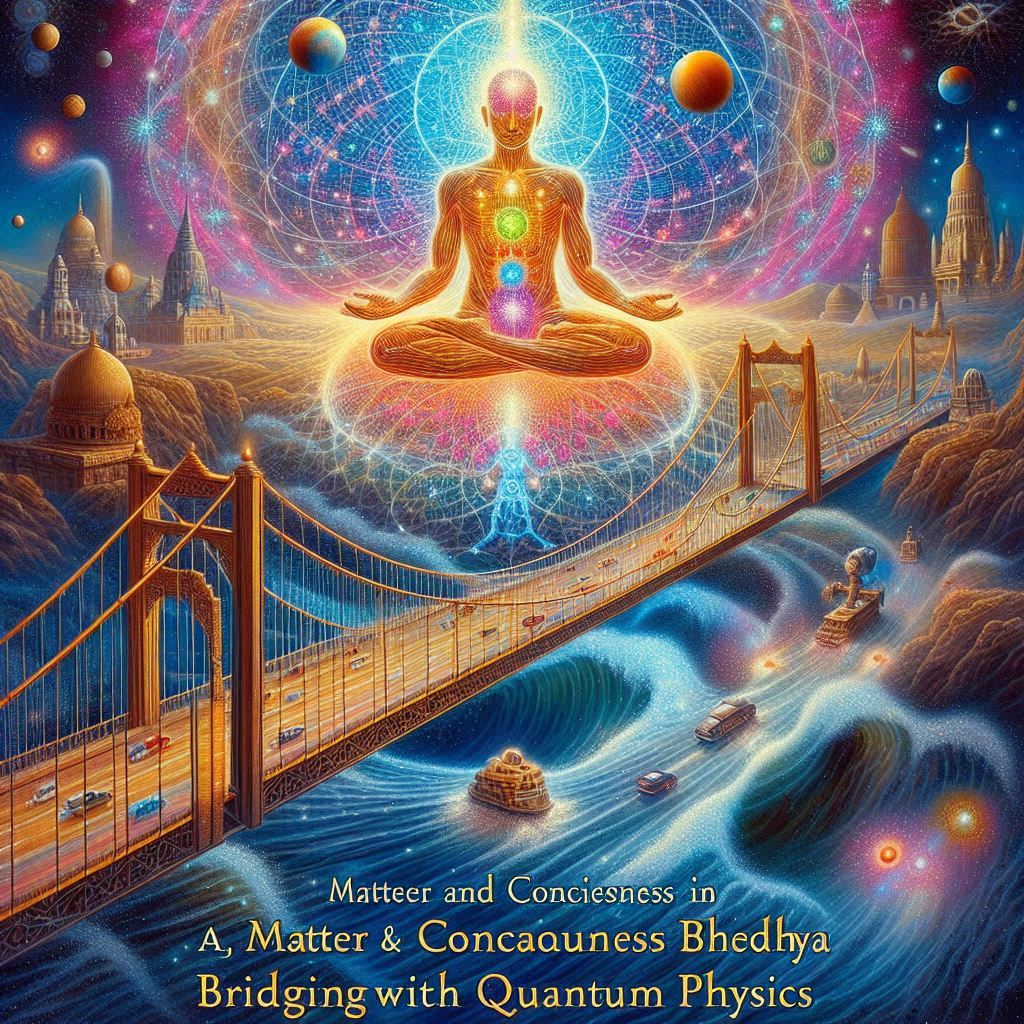
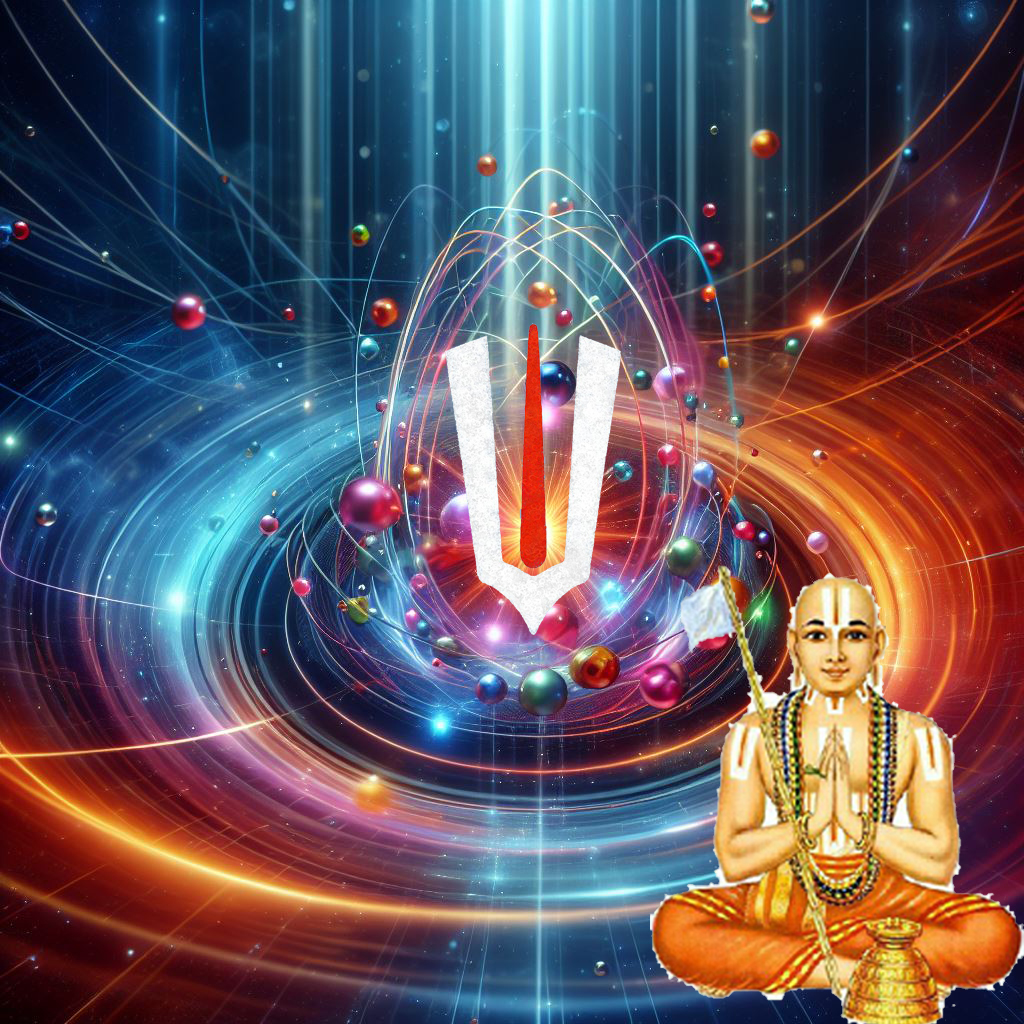
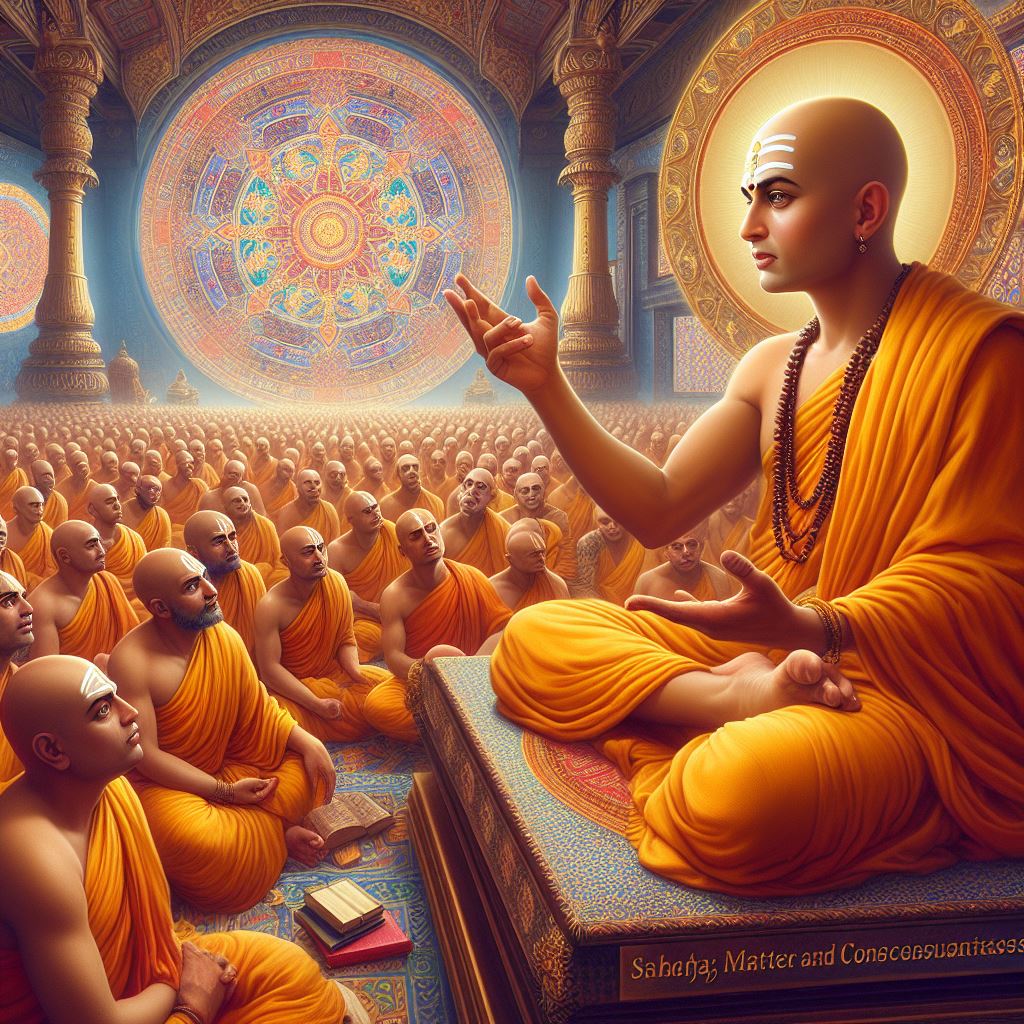
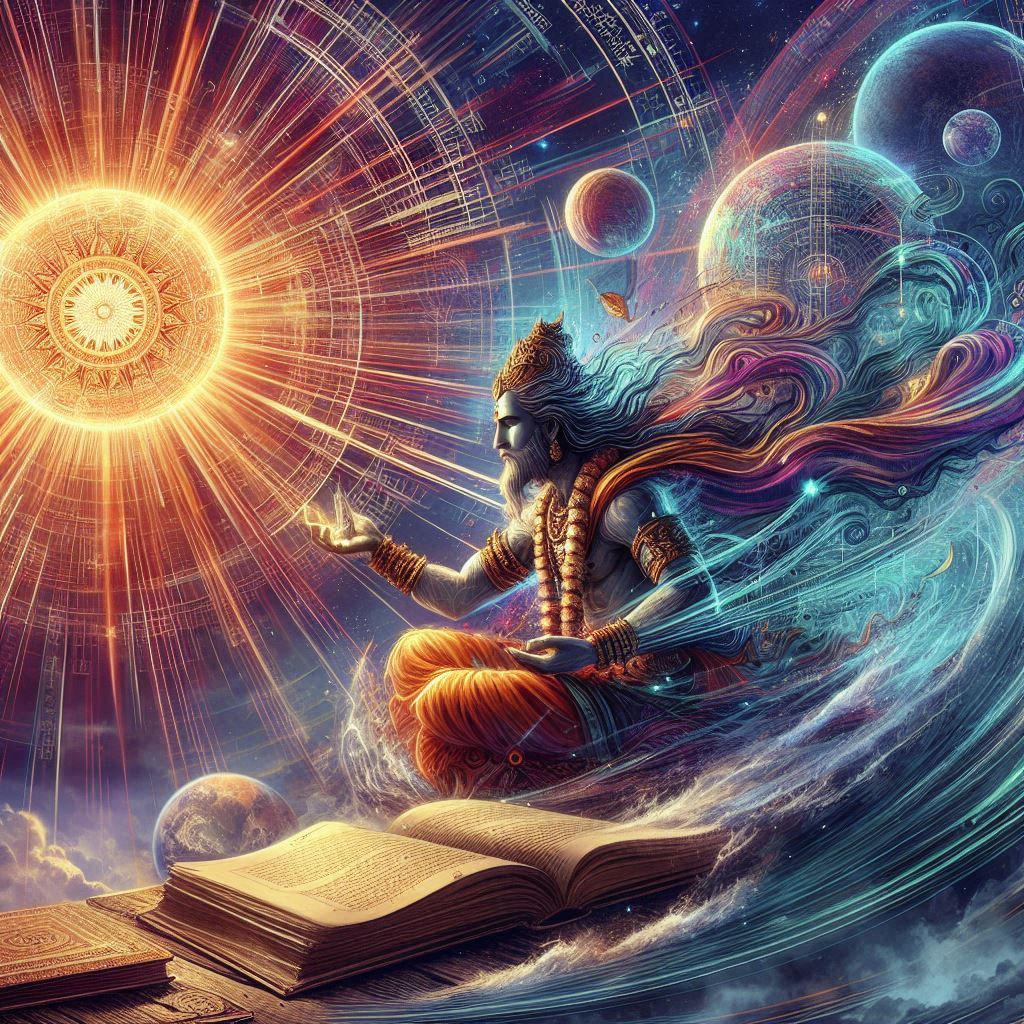
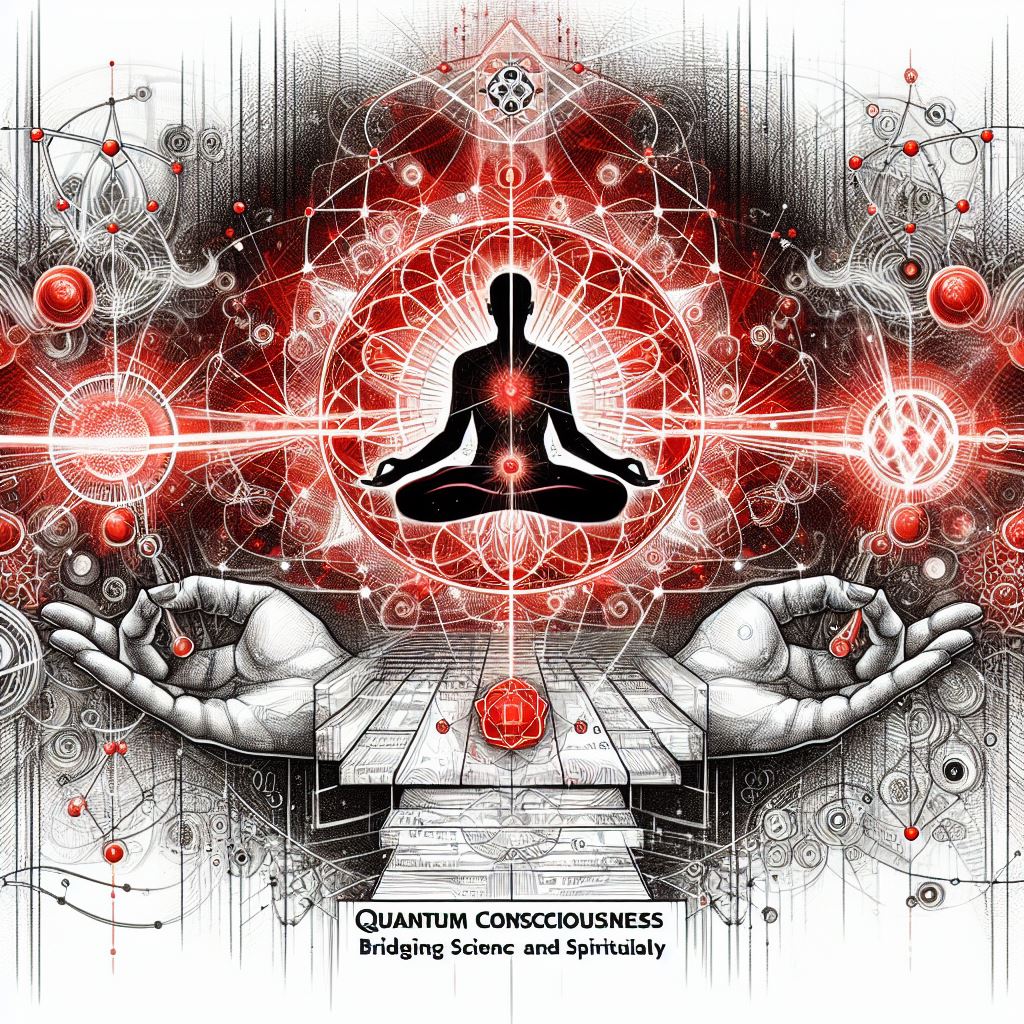
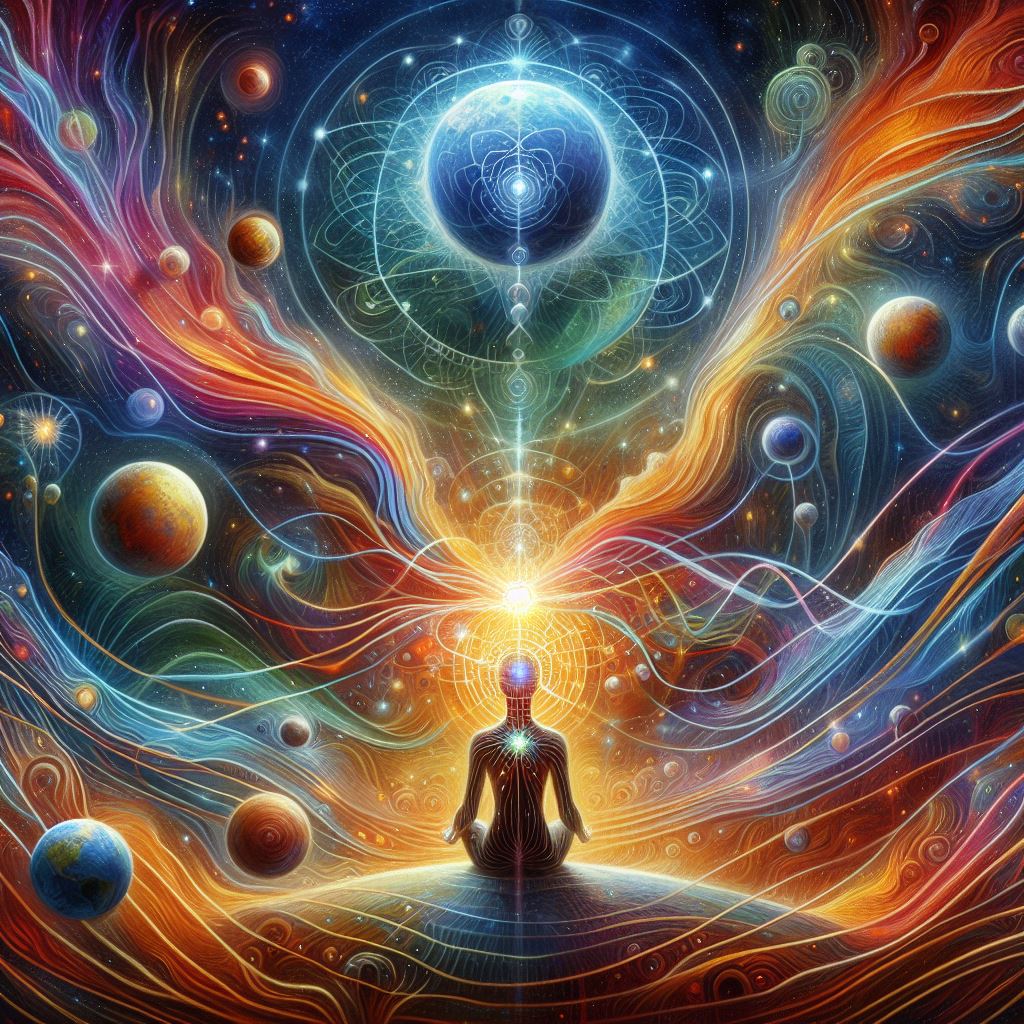

Origin of Science
The Existence of the Soul: Exploring Neuroscience, Quantum Physics and Vedic Philosophy
Temporal Relativity in Vedic Literature: An Interdisciplinary Analysis of Time Dilation Narratives
Acharya Kaṇāda: The Ancient Sage Who Discovered the Atom
Evidence of Vedic Sanātana Hinduism as a Global Dharma
Perception of Quantum Gravity and Field Theory in the Vedas
String Theory as Mentioned in Veda
Sanskrit’s Role in Advancing AI: A Comprehensive Study
The Vedic Model of the Mind: A Contemporary Exploration
Vedic Contributions to Geometry: Unveiling the Origins of Mathematics
Matter and Consciousness in Achintya Bhedābheda: Bridging with Quantum Physics
A Comprehensive Study of Aeroplanes and Aviation in Vedic Literature
Hydrology and the Water Cycle in Vedic Scriptures